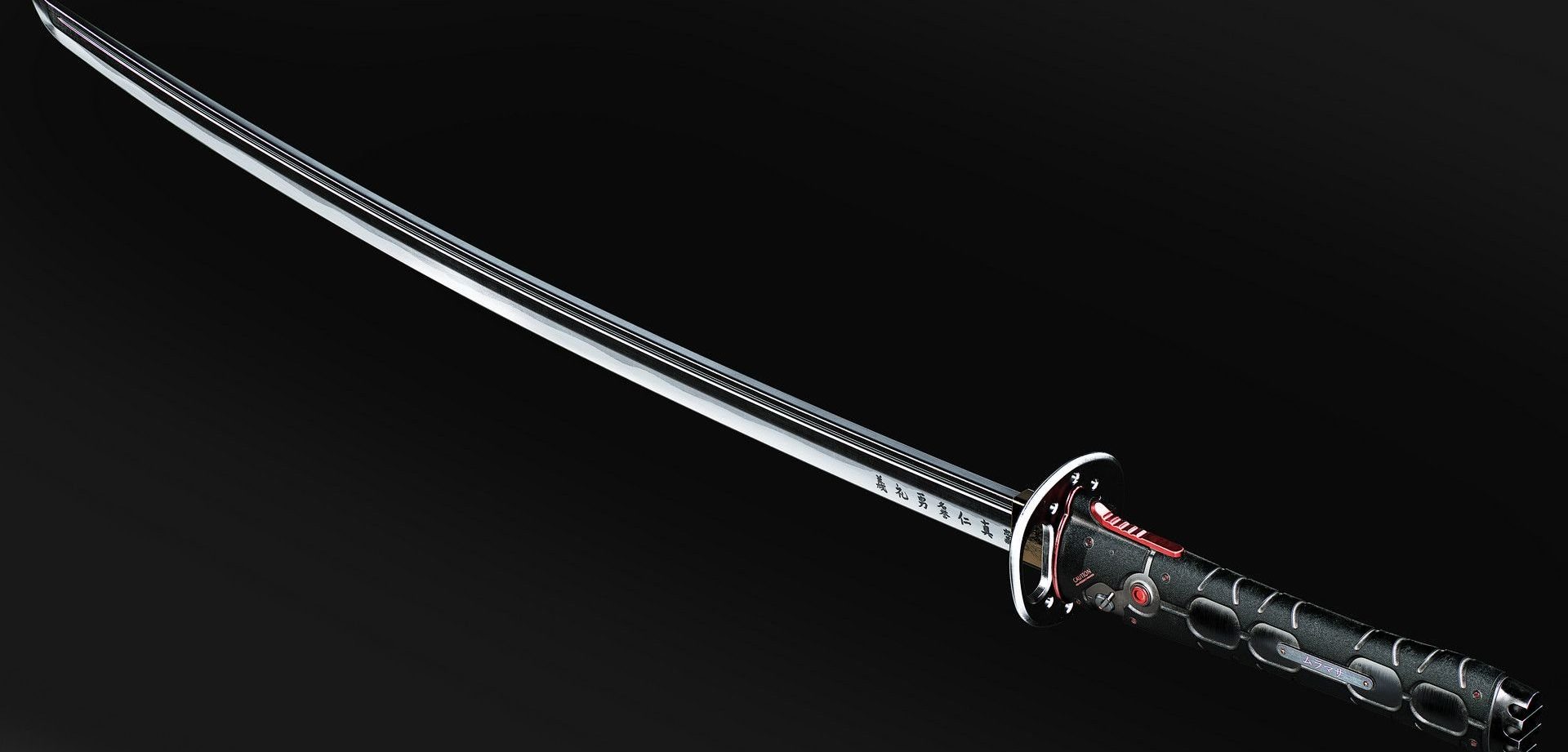Korean swords, also known as “Hwando,” have a rich and intricate history that is deeply ingrained in the culture of the Korean people. These swords have been used for centuries in warfare, as well as for ceremonial and ritual purposes. They are known for their distinctive design and craftsmanship, which has been honed over centuries of development.
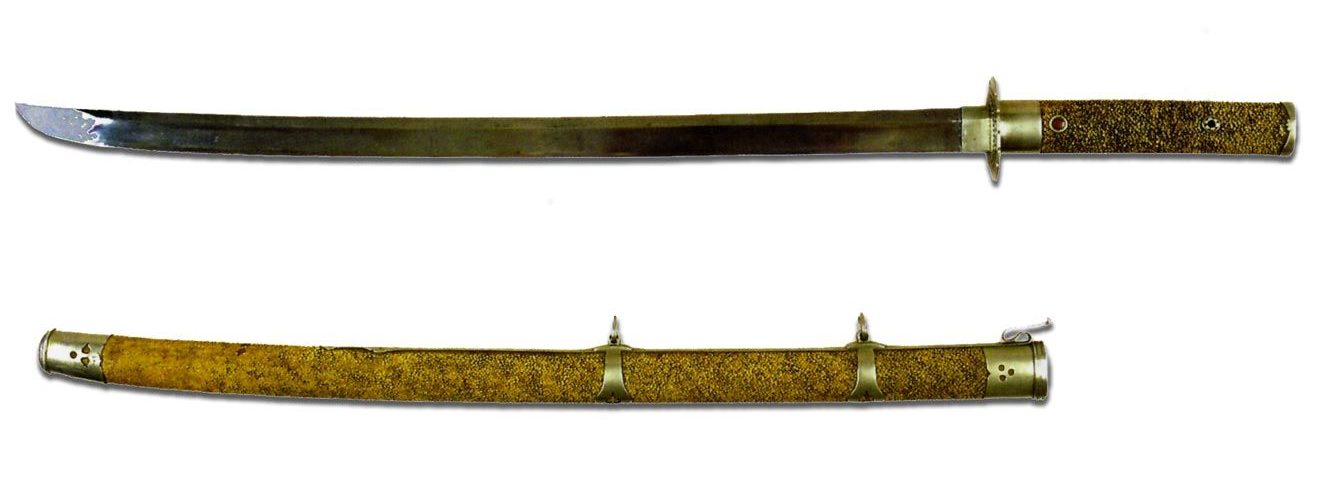
In this article, we will explore the history, design, and significance of Korean swords, drawing on the expertise of sword enthusiasts and military historians. From the ancient “Geobukseon” swords used by the legendary admiral Yi Sun-sin to the intricately decorated “Jangchang” swords used in traditional Korean martial arts, we will delve into the fascinating world of Hwando and uncover the stories behind these iconic weapons.
Contents
The Korean Sword Arts
Korean swords have not only been an important part of Korean culture and history but have also gained recognition on the international stage as well.
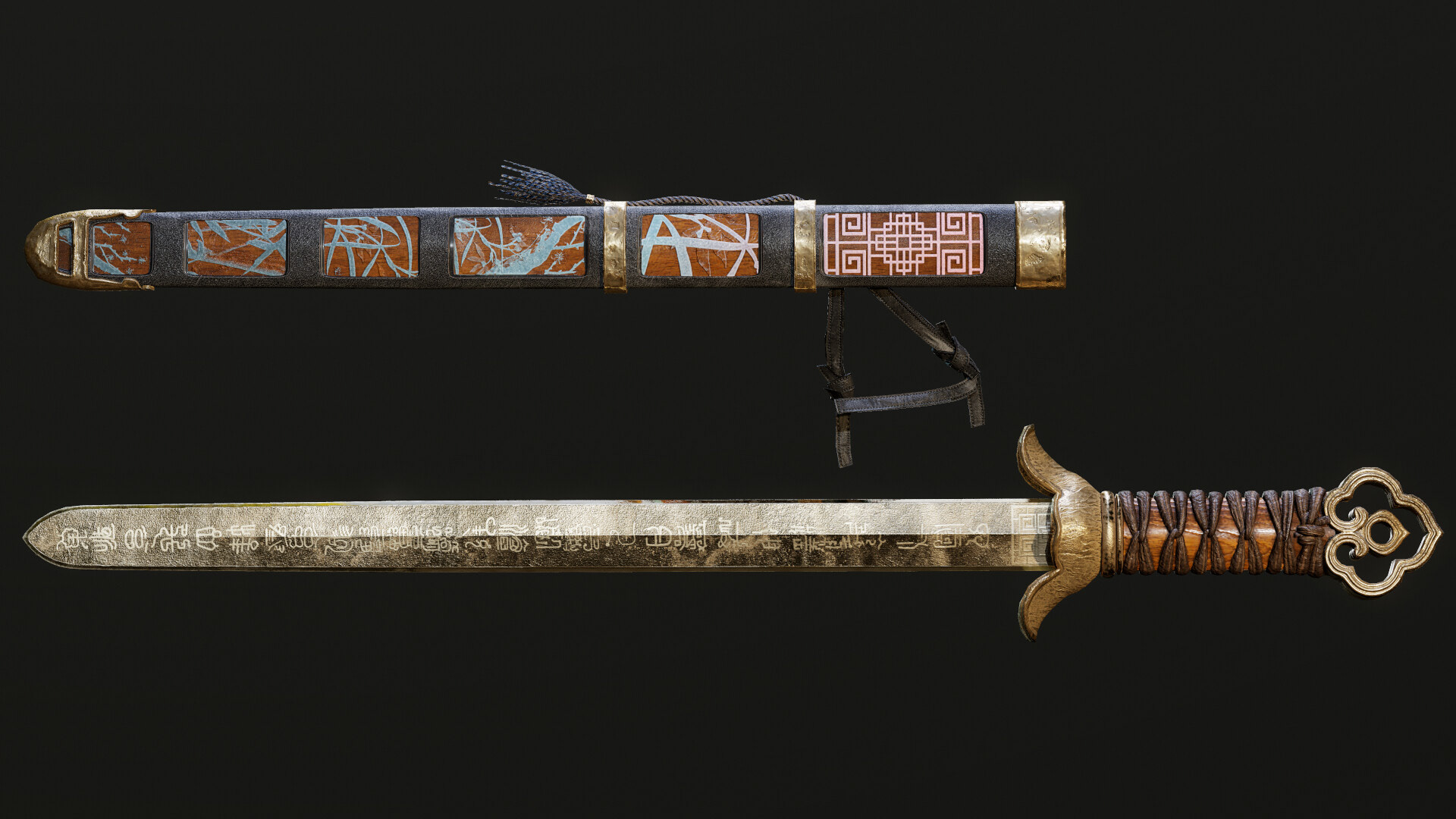
They are also distinguished by their unique shapes. Despite the similarities with Chinese and Japanese swords, Korean sword crafts have their unique features. They are known for their sharpness and durability, making them ideal for both armed martial arts and use in battle.
The history of Korean swordmaking
The history dates back to ancient times, with evidence of iron swords being used by the Goguryeo, Baekje, and Silla kingdoms during the Three Kingdoms period.
These early swords were straight and double-edged swords and were primarily used for military purposes.
In the Joseon Dynasty, which lasted from the 14th to the 19th century, the use of swords as weapons declined as firearms became more prevalent.
However, the art of sword-making continued to flourish, with the engraved sword being used primarily for ceremonial and Korean martial arts purposes. Only two such swords existed known as the Byeol-ungeom, which means “cloud-splitting sword,” were of the highest level.
Korean swords and their place in the world of collecting and martial arts
The world of sword collecting and martial arts is a diverse one, and Korean swords have a unique place within them. These swords have a rich history that spans centuries, and they are highly prized by collectors and enthusiasts alike.
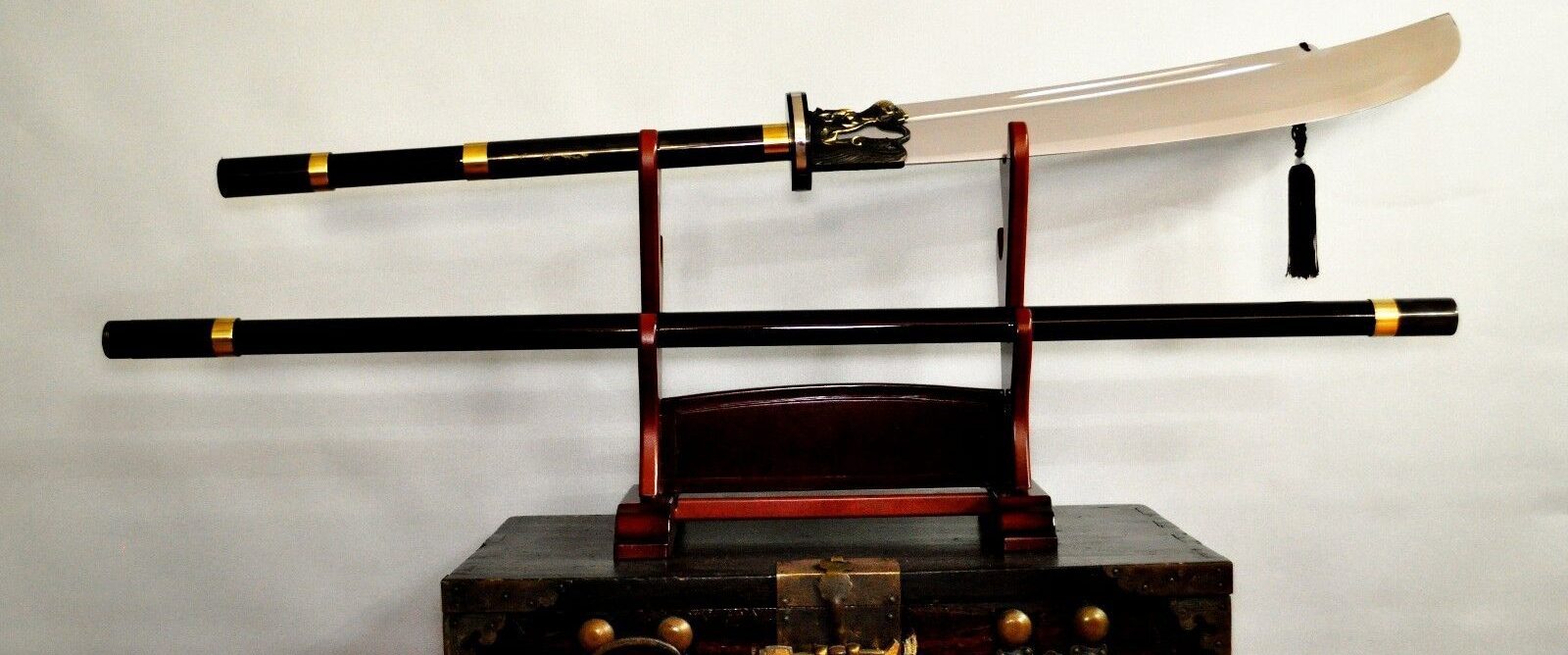
One of the reasons for their popularity is the craftsmanship that goes into making them. They are renowned for their quality and attention to detail, with many swordsmiths spending years perfecting their techniques. This results in swords that are not only beautiful to look at but also highly functional and durable.
In the realm of Korean martial arts, they are also held in high regard. The swords used in these arts are specially designed to suit the needs of the practitioners, and they are often used in demonstrations and competitions. Upon assuming command in the Republic of Korea (ROK) army, dress swords are presented to general/flag-grade officers.
Ceremonial swords
The three tiger swords and dragon swords are both examples of traditional Korean swords, also known as “Hwando.” The tiger and dragon were used in ancient Korea for both ceremonial and practical sword fighting.
More elaborate swords hold images of intricate and symbolic motifs, such as the three tigers and dragon.
Both the tiger sword and dragon swords were highly valued for their craftsmanship and were considered to be valuable treasures.

The dragon and tiger sword was passed down through generations as family heirlooms and were often used in ceremonies such as weddings and coronations. Today, these swords are considered to be important cultural artifacts and are displayed in museums and private collections.
Three-tiger swords
The three-tiger sword is said to be a symbol of power and strength. The three-tiger sword motif is meant to represent the three kingdoms of ancient Korea: Goguryeo, Baekje, and Silla. This tiger sword is believed to have been used by warriors and leaders of these kingdoms as a symbol of authority and protection.
The dragons sword
The dragon sword, on the other hand, is said to be a symbol of nobility and wisdom. The motif is meant to represent the dragon, a powerful and revered creature in Korean mythology. This sword is believed to have been used by royalty and members of the elite class as a symbol of their status and prestige.
Types of Korean swords
They come in a variety of different types, each with its unique characteristics and uses. One of the most well-known types is the Hwandudaedo, also known as the “ring-pommel sword.” This type of ring pommel sword is characterized by its distinctive shape, which is believed to have been used for both balances and as a grip.
The Jikdo, also known as the “straight sword.
” This sword is characterized by its straight blade and simple design and was used by both the military and civilians during ancient times. The Jikdo was primarily used for cutting and thrusting and was considered a versatile and reliable weapon.

The Geom is another popular type of sword, also known as the “sickle sword” or “scimitar sword.” This sword is characterized by its curved blade, which was designed for slicing and cutting. The Geom was used by both the military and civilians and was considered a valuable tool for hunting and farming.
Characteristics
Korean swords are known for their distinct characteristics that set them apart from other types of swords. One of their most notable features of them is the curved blade. The curve of the blade is often referred to as “sori,” and it can vary in degree from sword to sword.
The curve of the blade is designed to increase the cutting power of the sword, making it more effective in battle.
Another feature is the use of a double-edged blade. They have a sharp edges on both sides of the blade. This double-edged design allows for more versatility in combat, as the sword guard can be used for both cutting and thrusting.
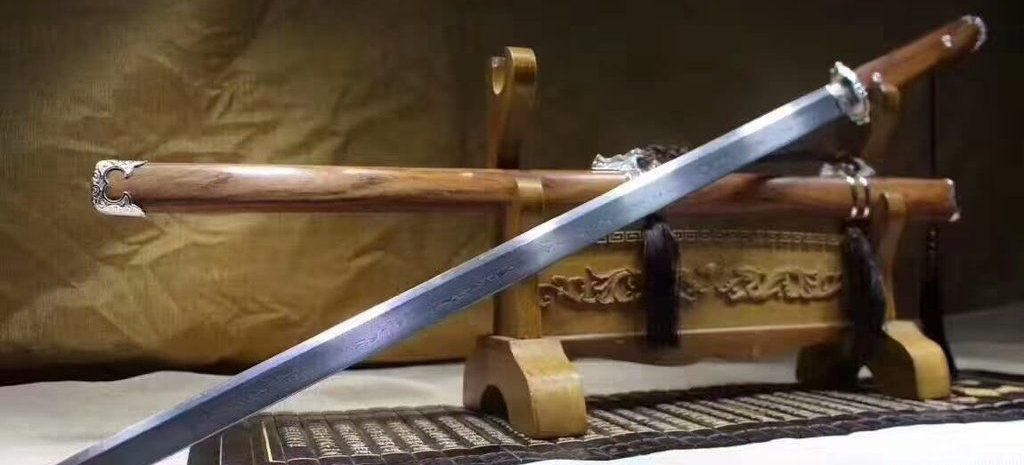
In terms of design, they often feature a straight sword guard, known as a “hilt,” and a long grip. The hilt is designed to protect the hand of the wielder, while the long grip allows for a better grip and control of the sword. Additionally, many swords have a pommel at the end of the grip, which is used to balance the sword and increase its overall weight.
Shapes
Korean swords come in a variety of shapes and forms, each with its distinct characteristics.
Straight
One of the most common shapes is the straight sword, also known as the Hwandudaedo. This sword is characterized by its straight blade and simple design, making it a versatile weapon for both cutting and thrusting. The Hwandudaedo was commonly used by the Korean military during ancient times and is still used in some traditional martial arts today.
Curved
Another common shape is the curved sword, known as the Jikdo or Geom. These swords are characterized by their curved blades, which are designed to maximize cutting power and speed. The curved shape of the sword also makes it easier to wield in one hand, making it a popular choice for mounted warriors. The Jikdo and Geom were also used by the Korean military in the past, these swords were also used in both battle and hunting.
The impact of Chinese and Japanese influences
The unique characteristics of these swords, such as the curved or straight forms, and the intricate designs, make them stand out from other types of swords. The influence of Chinese and Japanese swordmaking techniques can be seen in the development of Korean swordmaking.
One of the most notable influences is the Japanese katana, which has a curved blade and is known for its sharpness and strength. Chinese swords, on the other hand, often featured straight blades and were used for both cutting and thrusting. Despite the influence of other cultures, Korean swordmaking has its distinct features.
Japanese swords
Japanese swords, also known as katanas, have a long and rich history that is closely tied to the development of Japanese martial arts. These swords are characterized by their distinctive curved shape and single-edged blade, which make them well-suited for cutting and slicing techniques. Another one is Hyup do, a form of glaive that resembles the Japanese naginata polearm and is also known as a narrow-bladed spear sword in Korean writings.

In comparison, they have different designs and aesthetics. They are often straighter in shape and can be double-edged. Their design is also influenced by Chinese and East Asian sword-making techniques. One of the key differences between them is their intended use.
Japanese swords were primarily used for combat and warfare, while Korean were often used as ceremonial swords or for ritualistic purposes. This is reflected in the different materials and craftsmanship that went into the creation of each type of sword.
Chinese swords
One of the key differences between Chinese and Korean swordmaking is the shape and form of the blades. Chinese swords, such as the Jian, were traditionally straight, double-edged blades that were designed for thrusting and slicing.
In contrast, many Korean blades, such as the Hwandudaedo and Jikdo, were curved, single-edged blades that were designed for cutting and chopping. The curved design of these swords allowed for more powerful strikes and greater control when wielding the sword.

Another difference between them is the way they were used in combat. Chinese weapon manufacture was typically used for dueling and close-quarters combat, while Korean blades were used for both individual combat and as part of larger military formations. This is because of the curved sword design which is more effective in cutting the enemy than thrusting.
Despite these differences, there are also similarities between them. Both types of swords were typically made from high-quality steel and were often decorated with intricate engravings and designs.
Modern Korean sword arts
The practice of using swords in Korea has a rich history dating back centuries. However, in recent times, there has been a resurgence of interest in the art of sword fighting in the country. It has evolved to include a wide range of techniques and styles, many of which draw on the traditional methods of the past.
One of the most popular ones is Haidong Gumdo, which is a form of sword-based martial skill that emphasizes the use of the long sword, or geom. This art form is characterized by its fluid and dynamic movements, which are designed to simulate the movements of a sword in battle.
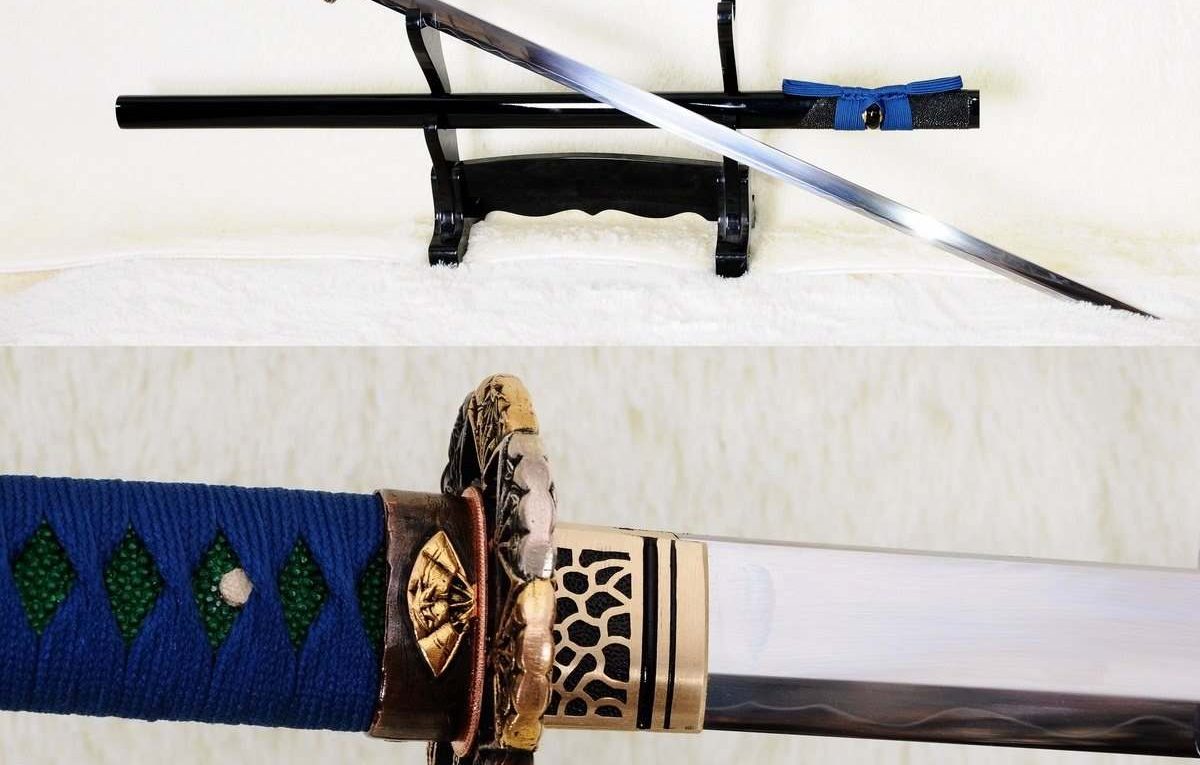
The practice of Haidong Gumdo is said to improve one’s physical fitness, coordination, and mental focus, and it is commonly taught in dojangs (martial arts schools) across South Korea.
Another popular modern sword in Korean crafts is Ssang Soo Do which combines the use of twin swords with empty-handed techniques. This art form is based on traditional Korean sword fighting techniques and emphasizes the use of fast, powerful strikes and fluid movements.
Most popular Korean swords
One of the most popular types is the Hwandudaedo, which is a straight, double-edged sword. They were military swords that were used primarily by the nobility during the Goryeo and Joseon dynasties. These swords are known for their elegant design and high-quality craftsmanship and are considered to be among the most genuine Korean swords.

Another popular type of Korean sword is the Jikdo, which is a curved, single-edged sword that was used by commoners and farmers. The Jikdo is known for its versatility and effectiveness in battle and is considered to be an East Asian practical sword for fighting.
The Geom is another popular Korean sword, which is a straight, single edges sword that was a ceremonial sword and used for ritualistic purposes. These swords are often adorned with elaborate engravings and hold images of dragons and tigers, which are important symbols in Korean culture.
One of the most well-known and sought-after is the Tiger sword, which is characterized by its unique tigers sword guard and ring pommel. These swords are considered to be highly valuable and rare and are highly prized by traditional sword collectors.
Another sword guard that is popular among collectors is the twin swords. These swords are known for their unique twin sword techniques and styles and are highly valued by Korean martial arts students.
Why do people like Korean swords?
One of the reasons people are drawn to them is their rich history and cultural significance. These swords were used by the Korean military and nobility for centuries, and many of them were crafted by master sword-makers who imbued them with intricate designs and symbols. This rich history and cultural significance make them a fascinating addition to any collection.
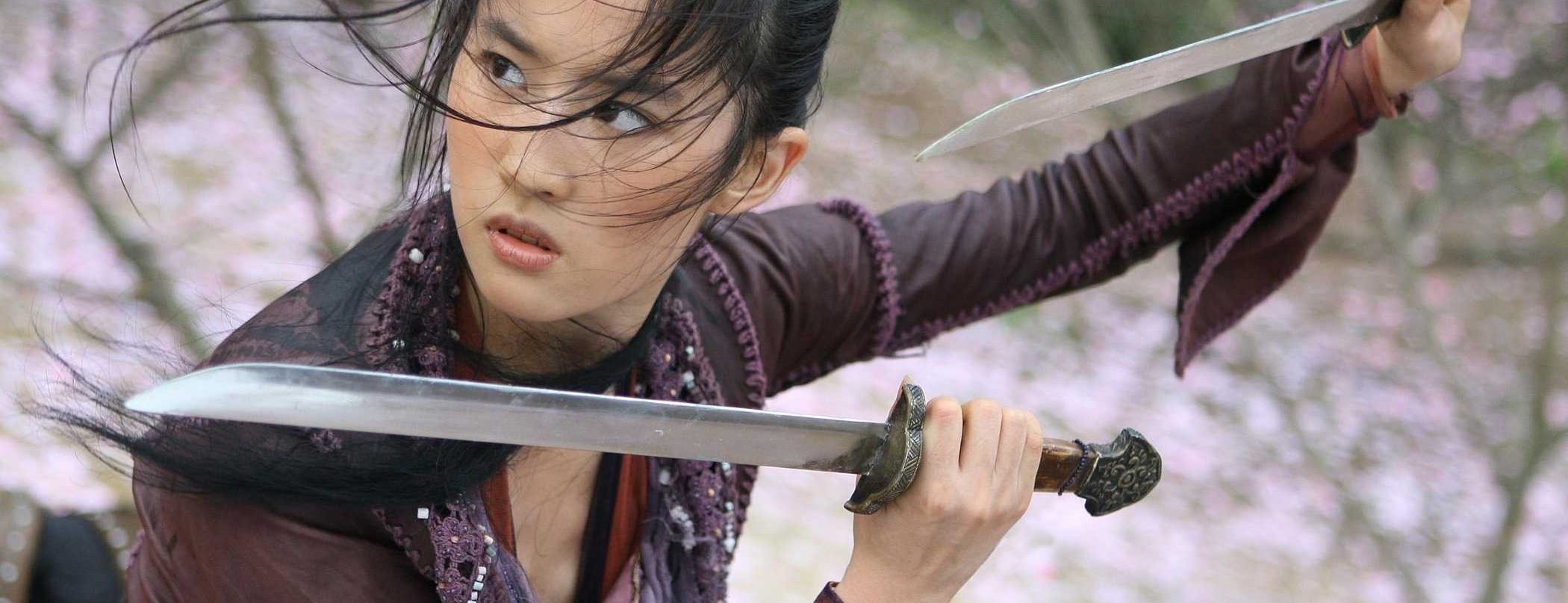
Another reason people like them is their unique design elements. Unlike Japanese swords, which are typically straight and single-edged, they are often curved and double-edged. This design allows for greater flexibility and versatility in swordplay, making them popular among martial artists who practice traditional sword forms.
The popularity has also led to a thriving market for these blades. The current market value can vary widely depending on factors such as age, condition, and craftsmanship. Genuine antique swords can command high prices, while newer swords can be more affordable. However, regardless of the price, owning a Korean sword is considered a great honor and a symbol of prestige.
How much do they cost?
The cost of a Korean sword can vary greatly depending on several factors, including its age, condition, and rarity. For example, an antique sword from the Joseon Dynasty can fetch a much higher price than a more recently made sword. Additionally, the quality of the craftsmanship, materials used, and the level of preservation can greatly affect the price.
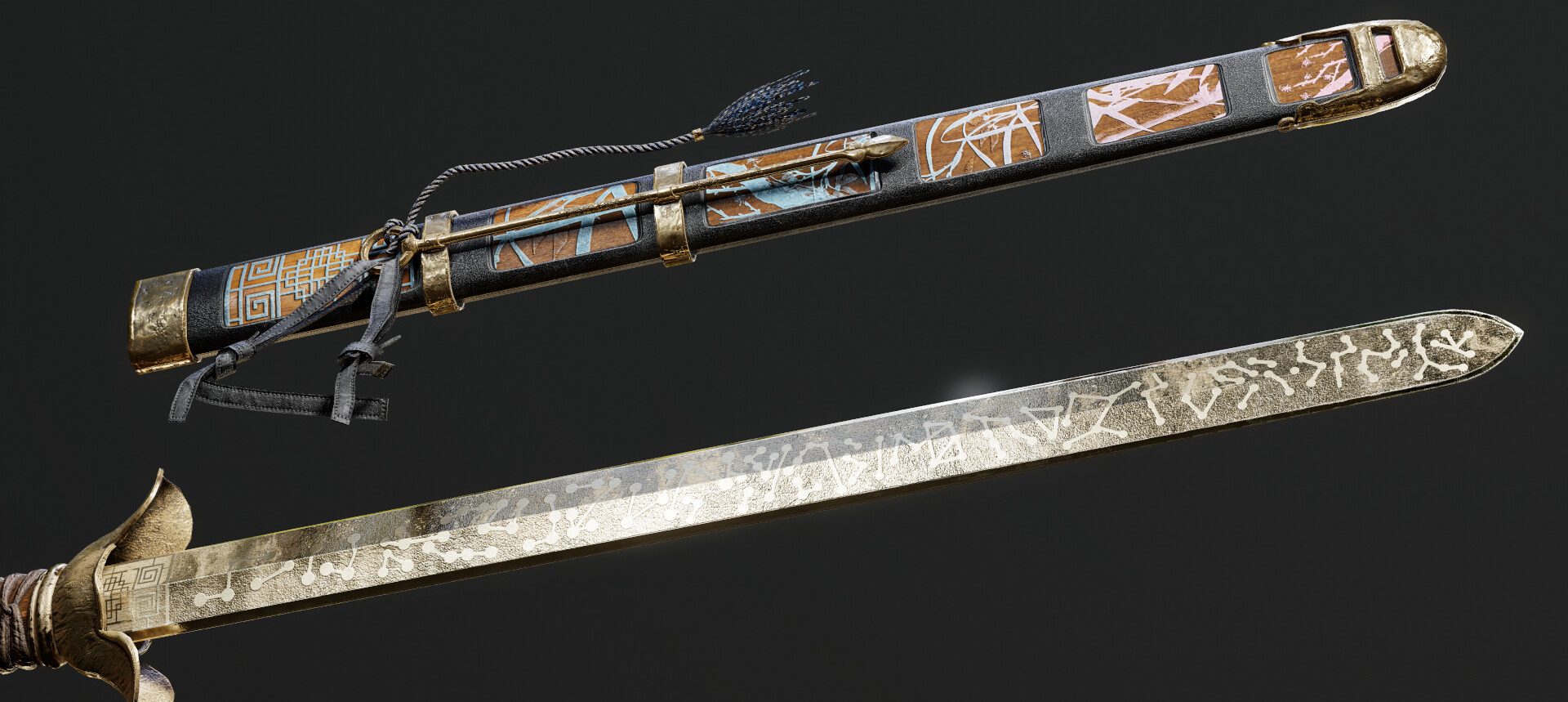
In good condition, it can range anywhere from a few hundred dollars for a basic sword to tens of thousands of dollars for a rare and highly sought-after sword. Some of the most expensive Korean swords are those that have been passed down through generations and have a rich history and cultural significance.
Preservation and care tips
Preserving and caring for a Korean sword is an important aspect of owning one, as these swords are not only valuable but also hold significant historical and cultural value. One of the most important things to consider when caring for a Korean sword is to keep it in a cool and dry place, away from humidity and direct sunlight. This will prevent rust and other forms of damage to the blade.
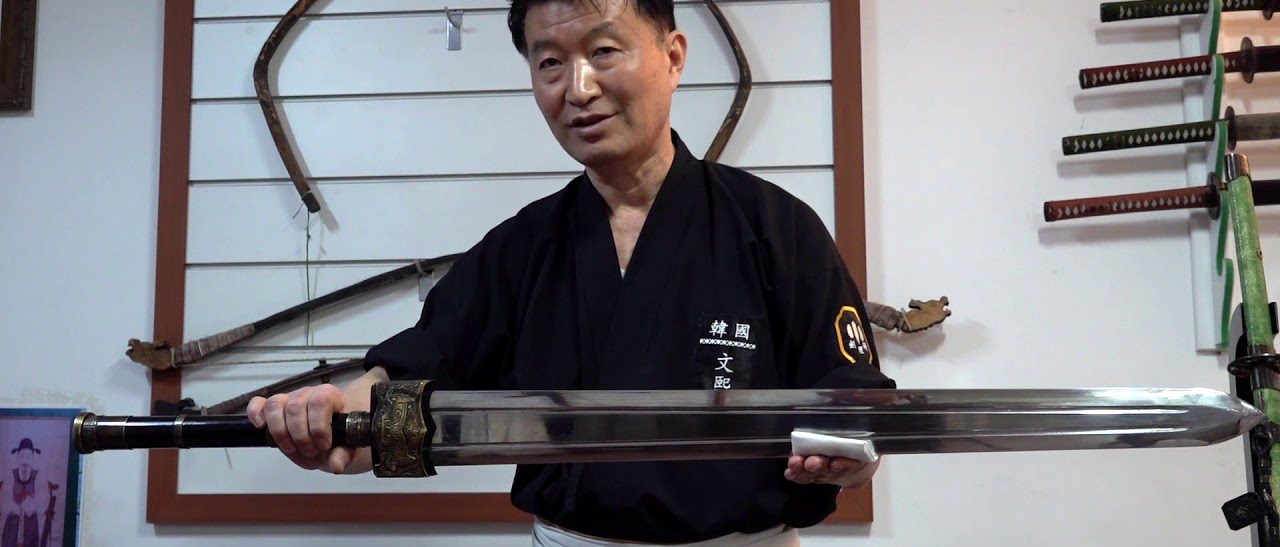
Regular cleaning is also important to maintain the sword’s aesthetic and condition. It is recommended to use a soft cloth or brush to remove any dust or dirt that may have accumulated on the sword. Avoid using harsh chemicals or abrasives as they can damage the sword’s surface.
Conclusion
In conclusion, Korean swords are highly valued for their intricate design and craftsmanship. They are known for their unique characteristics, such as their straight and curved forms, which distinguish them from other types of swords. Their development of them was heavily influenced by Japanese and Chinese sword-making techniques.
Many people are drawn to beauty and elegance, and they are often collected as a form of art. However, owning a Korean sword is not just a matter of aesthetics, it also involves caring for it properly to ensure its longevity.
The cost of a Korean sword can vary greatly depending on factors such as age, condition, and rarity. It’s crucial to gather accurate information and consult experts before making a purchase. Overall, they are a fascinating piece of history and culture that continue to be appreciated by many enthusiasts worldwide.
FAQ
What is a Korean sword called?
A Korean sword is called a “geom” or “gom.” “Geom” is the general term for a sword in Korean, while “gom” specifically refers to a classic Korean sword that is used for martial arts and ceremonial purposes
Why do Korean swords look like katanas?
Korean swords, specifically the Hwandudaedo, have a similar appearance to the Japanese katana due to the influence of Japanese swordmaking techniques on Korean swordmaking.
Is katana Korean or Japanese?
The katana is a type of Japanese sword that is characterized by its distinctive curved blade and long handle. It is considered to be one of the traditional swords of Japan and is widely recognized as a symbol of Japanese culture. It is not a traditional sword of Korea but can be influenced by the Korean swordsmith.

